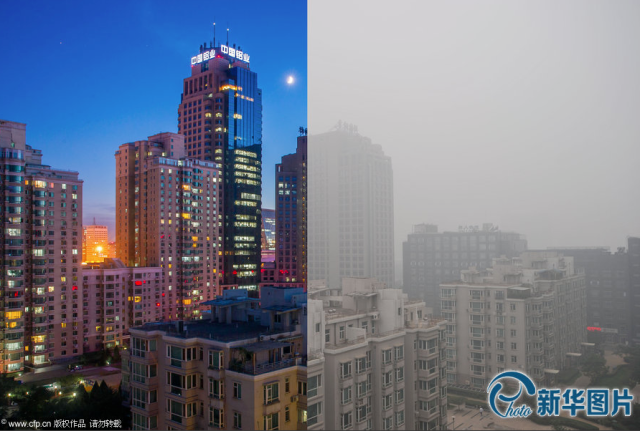HNG gas makes black carbon emissions into a climate neutral state
Global warming
Pollution is a wide term to say that our natural environment is contaminated, and it can take shape in different forms. When we talk about the “pollution emissions” from a power plant or a ship we are in fact referring to a toxic cocktail of substances.
Today the primary cause of global warming is carbon dioxide (CO2), which also has a significant effect of our air and health. Carbon dioxide is naturally present in the atmosphere, but due to human activities, we are altering the carbon cycle because the combustion of fossil fuels (coal, natural gas and oil). In these combustion’s, we get micro soot (unburned carbon) also called black carbon. These black carbon emission or what scientists call, Atmospheric Brown Clouds, originates from incomplete combustion.
Soot is a finely divided carbon deposited from flames rising in fine particles that adhere to and blacken surfaces on contact. Because it absorbs energy from sunlight rather than reflecting it, soot is believed to be a cause of global warming, especially when it settles on snow and ice, reducing their reflectivity. Soot particles in the air are a contributing factor in respiratory diseases.
Black carbon emissions
For a number of years, ITM professor Örjan Gustafsson and his international team of scientists, have studied black carbon emissions in China and East-Asia, to understand the sources behind the problems and where they come from. Their report can guide global efforts to mitigate these emissions. While most studies were dependent on uncertain technology-derived emission factors, the team applied a powerful radiocarbon method that enabled them to distinguish between black carbon emissions from fossil fuel and biomass combustion.
The team found that four-fifths of brown cloud soot derived from fossil fuel combustion whereas only a fifth of it came from burning biomass.

According to Örjan Gustafsson;
“Soot accounts for roughly half the warming potential of carbon dioxide globally. So addressing the key sources of soot emissions in China will lead to rapid co-benefits for local air quality, regional climate and even freshwater availability”
The photo above shows the results of pollution in Beijing, China. Photo credits: Dramafever.
HNG – reduces soot too zero
HIT developed Nobel Prize winner Professor Yuan Tseh Lee’s discovery with reactions of hydrogen atoms and diatomic alkali, into practical applications and to discover a way to eliminate the pollution created when burning fossil fuels. This research took further and deeper in a quest to crack the code hidden within hydrogen.
HIT produces a gas called HydroNano Gas – HNG, that safely & effectively neutralizes carbon fuel pollution emissions. When HNG is injected into a fossil combustible energy source, the toxic cocktail of pollutant emissions is instantly neutralized.


